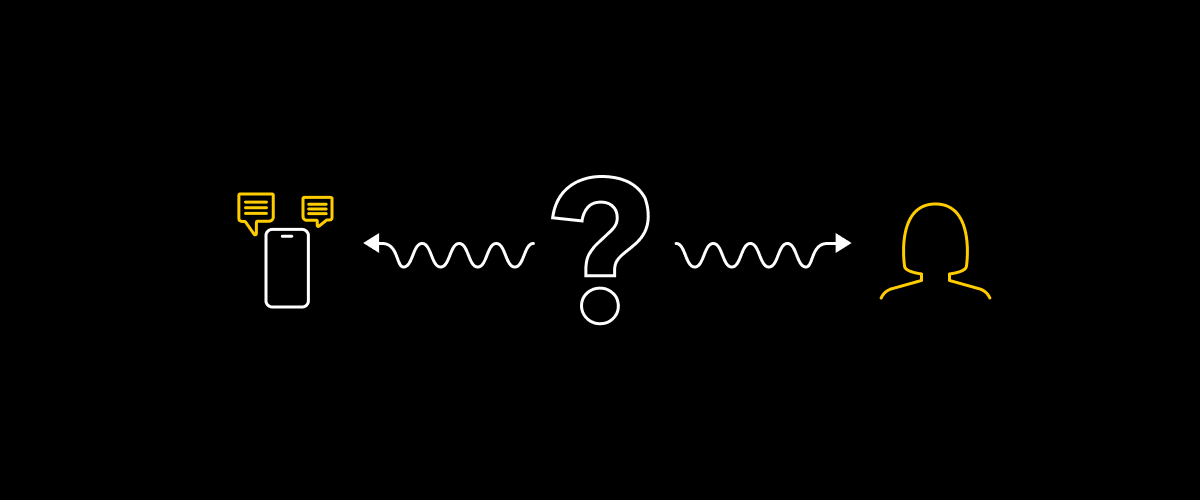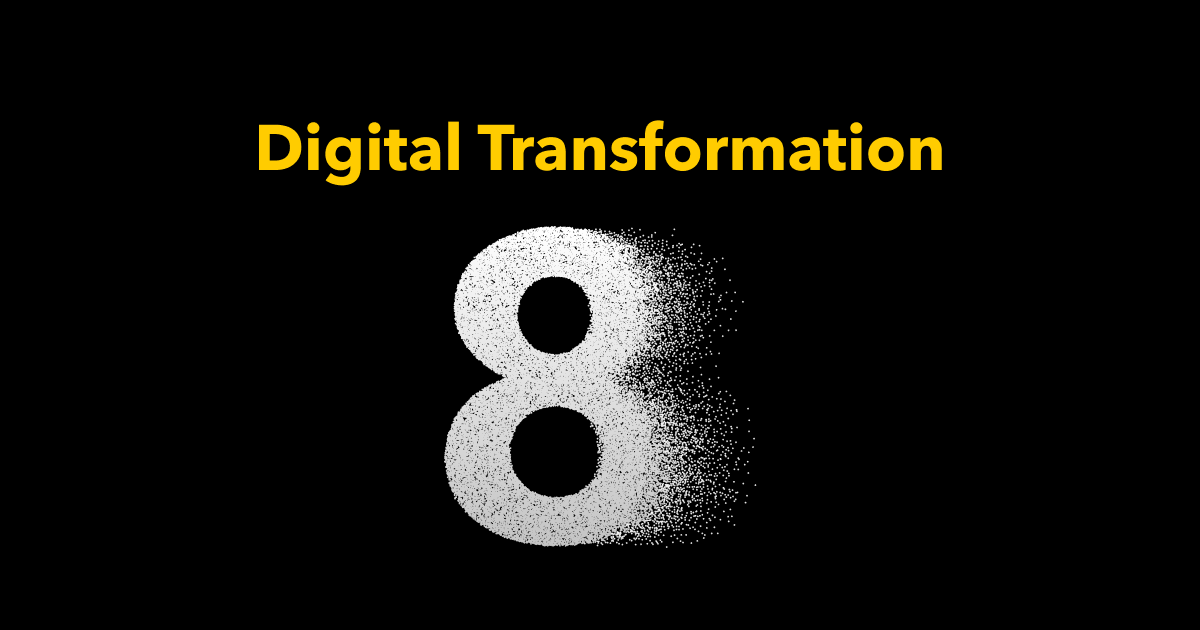When you hear the term “AI” these days, you probably think first about virtual assistants like Alexa. Or maybe it’s another kind of bot you can chat with on websites or within messaging apps like Facebook Messenger. These virtual agents and chatbots are the face of AI.
However, for businesses using automation to create more scalable and resilient customer service, there’s another, arguably more important application of AI. We call it predictive routing.
In short, predictive routing is when AI chooses what it believes is the most effective and efficient way to resolve a customer inquiry. Companies deploying AI-powered automation solutions like Directly can instantly take the first message typed by a customer — and usher them down the fastest path to resolution. That could mean a virtual agent responds by sending information to a customer, answering their question directly, or it might mean routing the customer to a human agent with the most relevant expertise. AI is, essentially, an usher.
Routing of customer support inquiries, of course, isn’t new. Switchboard operators have partially been replaced by IVR phone systems as a means to usher callers to the most appropriate (human) call center agents. As conversational interfaces like SMS and messaging applications have taken a leading role in companies’ omnichannel customer support systems, predictive routing has become the new switchboard operator.
Benefits of predictive routing
Done right, predictive routing benefits everyone — including the business operations teams, call centers and agents, and ultimately a business’s customers.
For customers, predictive routing means answers. Fast. They type in a few words and they are ushered instantly to the right channel and information.
For customer service leaders, predictive routing is a foundational piece for automation. It can optimize the performance of their entire support system. Key metrics like resolution rate and response time will be improved with predictive routing. Ultimately, quicker response times means reduced costs.
For customer service (human) agents, predictive routing ensures agents handle the most relevant issues for their specific expertise. Mundane issues will be handled by automation via virtual agents — so that human agents can focus their energy on helping customers with more complex issues.
How our predictive routing works
Not all predictive routing systems are created equally. You’ve probably had an experience with a frustratingly dumb chatbot that either didn’t respond to what you’d typed, or completely misinterpreted your problem and sent you wildly irrelevant content. If you persevered, you might have typed the same question several different ways before, finally, you were routed to a human agent that could help. The problem: the AI wasn’t smart enough to recognize your intent.
The key to any predictive routing system is the intelligence of your AI — and specifically how an AI system is trained through a steady stream of data and human feedback.
I recently wrote a post about how we help companies understand their ecosystem through ingesting historical data, and use a combination of machine learning and human analysis to identify customer intents. We determine the best course of handling these intents through an algorithmic process — and human training.
Our algorithm typically chooses to route issues to one of three audiences: automatic responses, an external community expert, or a company’s internal agent. With each issue, those audiences have a confidence score that represents the likelihood of resolving the issue. This confidence score, based on a combination of past performance and continuous human training, is ultimately how predictive routing makes decisions.
Better predictions: Tapping the collective intelligence of community experts
An important part of Directly’s intelligent automation platform is how we help companies tap their most passionate users and brand advocates to serve as an extension of customer service. The community experts can help augment internal support teams by resolving questions related to their own experiences as customers and super-users. As I mentioned above, our predictive routing system will sometimes usher inquiries directly to these experts. (Directly Experts have been instrumental in helping customer support teams “keep the lights on” during the COVID-19 crisis.)
These experts also play an ongoing role in training the predictive routing algorithm. AI needs a continuous influx of data and human training to be intelligent — and to be dynamic as business ecosystems change. It’s very difficult for internal teams with finite resources to be able to continuously provide the feedback AI-powered automation needs to be effective. So, our automation platform empowers and incentivizes sometimes thousands of experts to perform small tasks on a daily basis. All of these continuous bits of feedback collectively fuel the AI’s intelligence. As this collective intelligence — or “collective IQ,” to borrow a term from PC pioneer Doug Engelbart — scales, the predictive routing becomes more effective.
With more training, AI just keeps getting better.
About Directly
With quarantines and shelter-in-place orders causing contact centers to close, COVID-19 has forced many in our industry to re-think how we provide customer support. Companies such as Microsoft, Samsung, Airbnb, and Autodesk are using Directly’s AI platform to deploy intelligent virtual agents and predictive routing — and leverage a network of community experts to train AI and augment internal customer support. Our customers rely on us to resolve up to 80% of all contact center volume with a collective CSAT of more than 92%. Set up a demo of our platform today.



